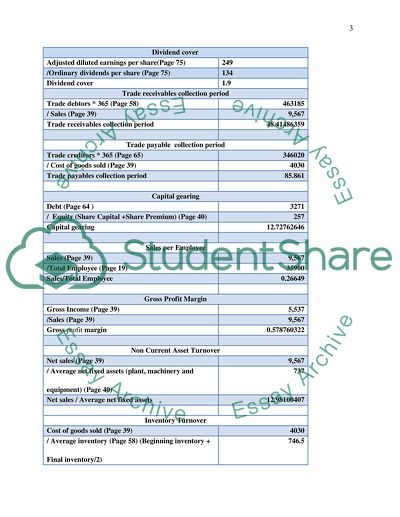Cite this document
(“Course Questions: Reckitt Benckiser and Kingfisher Plc Essay”, n.d.)
Course Questions: Reckitt Benckiser and Kingfisher Plc Essay. Retrieved from https://studentshare.org/finance-accounting/1498650-course-questions-reckitt-benckiser-and-kingfisher-plc
Course Questions: Reckitt Benckiser and Kingfisher Plc Essay. Retrieved from https://studentshare.org/finance-accounting/1498650-course-questions-reckitt-benckiser-and-kingfisher-plc
(Course Questions: Reckitt Benckiser and Kingfisher Plc Essay)
Course Questions: Reckitt Benckiser and Kingfisher Plc Essay. https://studentshare.org/finance-accounting/1498650-course-questions-reckitt-benckiser-and-kingfisher-plc.
Course Questions: Reckitt Benckiser and Kingfisher Plc Essay. https://studentshare.org/finance-accounting/1498650-course-questions-reckitt-benckiser-and-kingfisher-plc.
“Course Questions: Reckitt Benckiser and Kingfisher Plc Essay”, n.d. https://studentshare.org/finance-accounting/1498650-course-questions-reckitt-benckiser-and-kingfisher-plc.


